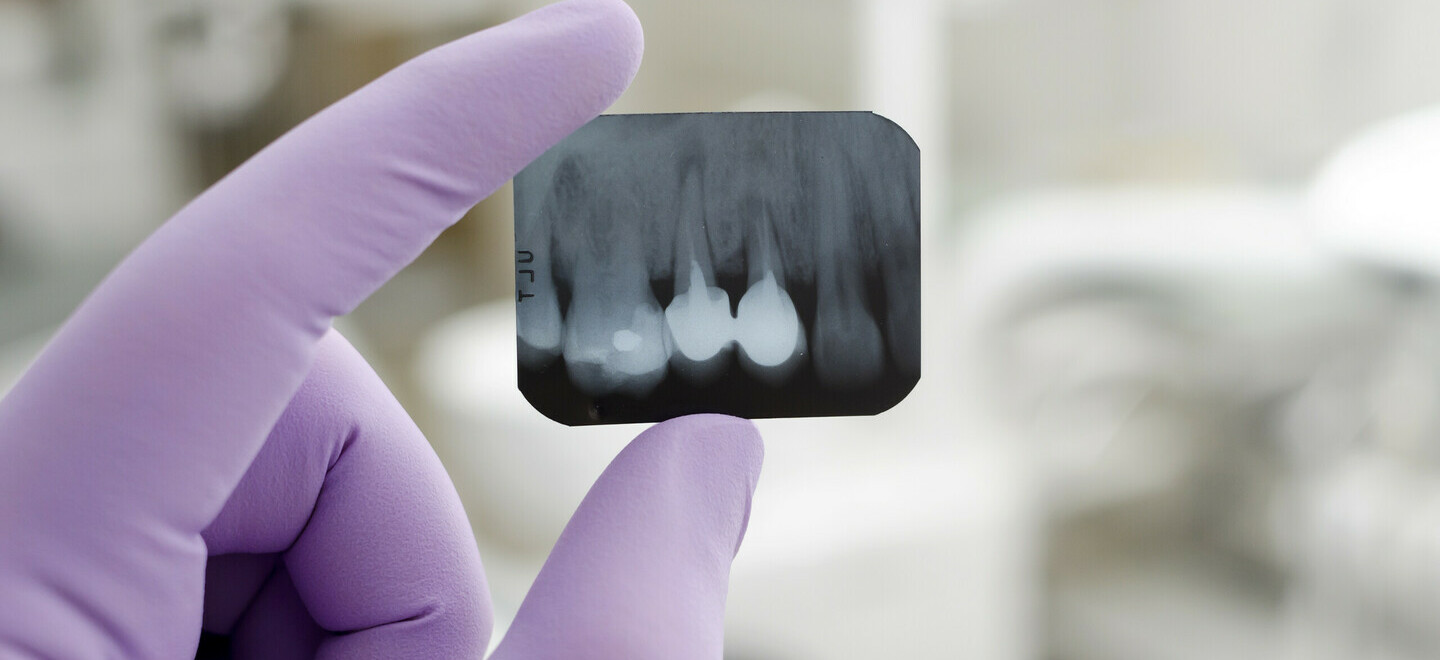Under the Health Professions Act and Dental Hygienists Profession Regulation, registered dental hygienists can perform restorative procedures of a temporary nature as part of their scope of practice. However, they must possess the competencies to perform these procedures safely and effectively. In the case of Atraumatic Restorative Therapy (ART), these competencies include but are not limited to:
- Understanding caries development and diagnosis
- Indications and contraindications for ART
- Client education
- Risk assessment
- Clinical competence in performance of the procedure
Because the more comprehensive temporary restorative procedure called ART is recognized as part of the scope of practice of Alberta dental hygienists, interim stabilization therapy (IST) is not a term or procedure recognized in Alberta. Registrants are reminded that the College does not recognize an IST course as equivalent to an ART course. Members who complete an IST course may apply for credit under the ACDH Continuing Competence Program but they will not be deemed to have acquired the competencies to perform ART and will not be authorized to perform IST in Alberta
The College considers the following to be restorative procedures of a temporary nature:
- Insertion of zinc oxide eugenol or other medicated cements in primary or permanent teeth when:
1.1. a dentist is not on-site or readily available to treat the client,
1.2. there is no evidence of abscess, and
1.3. the client is experiencing any of the following symptoms as the result of an untreated carious lesion, a fracture of the tooth or loss of a filling:
- discomfort from gingival or mucosal irritation
- tooth sensitivity or pain
- impaired ability to eat
2. Atraumatic Restorative Treatment (ART) on primary or permanent teeth using glass ionomer or resin based materials when:
2.1. a dentist is not on-site or readily available to treat the client,
2.2. there is no evidence of abscess, and
2.3. the client is experiencing any of the following symptoms as the result of an untreated carious lesion, a fracture of the tooth or loss of a filling:
- discomfort from gingival or mucosal irritation
- tooth sensitivity or pain
- impaired ability to eat
2.4. the client meets the criteria for ART as part of an early childhood caries prevention program in a community health setting
Dental hygienists placing temporary restorations of any type must ensure that the client is aware of the temporary nature of the restorations and must advise clients or the client’s guardian to obtain further dental care from a dentist.
